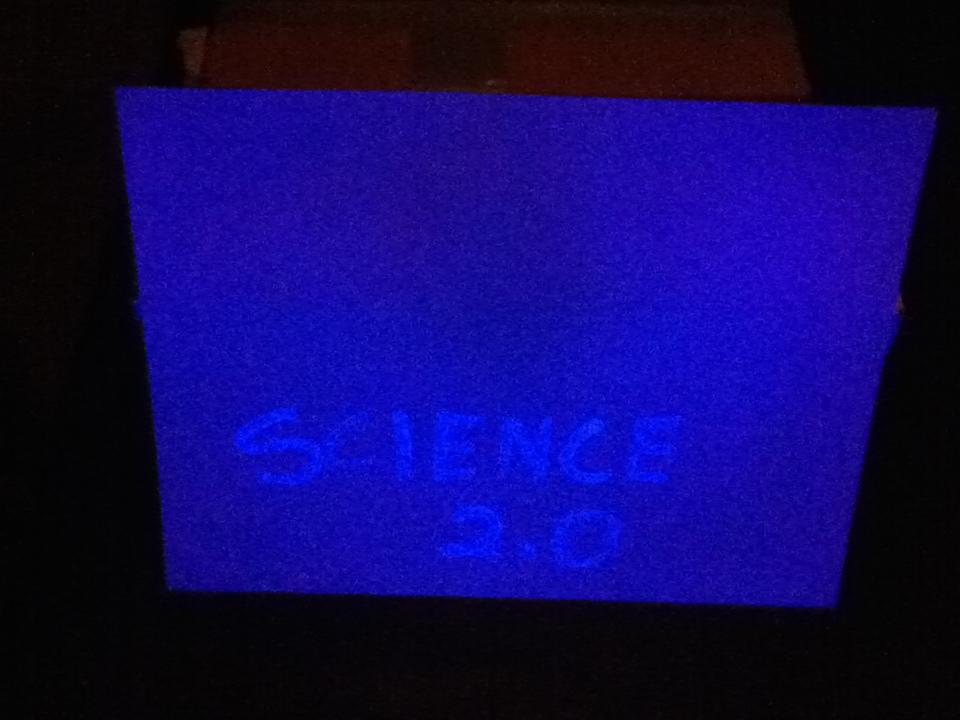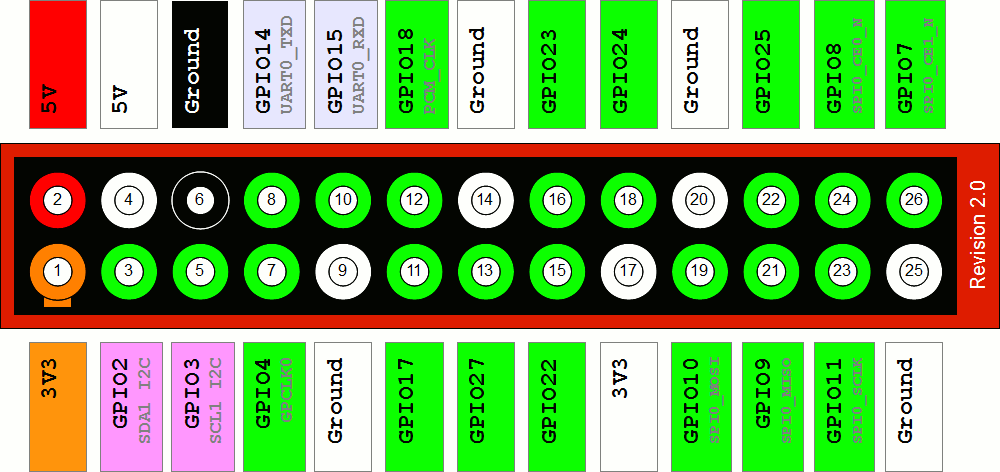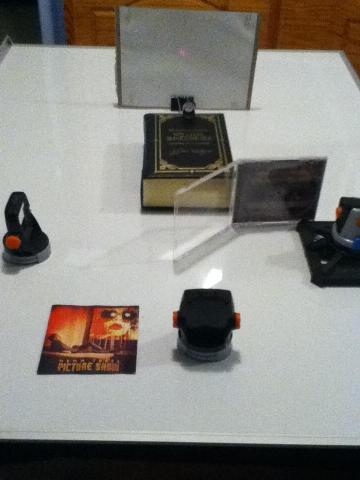Edward Snowden: patriot or traitor? Whatever your opinion of Mr. Snowden, he did give us pause to reflect on our Fourth Amendment rights “of the people to be secure in their persons, houses, papers, and effects, against unreasonable searches and seizures, shall not be violated, and no Warrants shall issue, but upon probable cause, supported by Oath or affirmation, and particularly describing the place to be searched, and the persons or things to be seized.” When contemplating the problem, one must first answer why the Fourth Amendment was considered so important that it needed to be added to the Bill of Rights.
Some older chemistry sets included a conductivity tester to demonstrate the conductivity of materials and liquids. If you wish to include Snap Circuits in your Science Play and Research Kit you can use a simple circuit designed with the 555 timer IC incorporated into the circuit to test conductivity. For an introduction to the 555 timer IC and snap circuits, please review
this article.
Parts Needed:
1 555 Timer IC
2 Clothespins
1 250 ml beaker
Snap Circuits Parts:

You may wish to include a UV LED in your Science Play and Research Kit. Nowadays you can find inexpensive key chain lights that include a visible light LED flashlight, but also include a red laser LED and UV LED. The red laser can be used to demonstrate the Tyndall effect, and the UV LED can be used to demonstrate a lot of stuff that becomes visible under UV light. I found this black light (UV) LED strobe light on clearance after Halloween for around $2.00 USD:
You can use a laser to demonstrate the Tyndall effect. A simple cat toy (laser pointer) will do but for this demonstration I’ll be using the laser from my
DIY Laser Interferometer. “The Tyndall effect, also known as Tyndall scattering,”
according to Wikipedia, “is light scattering by particles in a colloid or particles in a fine suspension.” You can use the laser to test three different mixtures: solutions, colloids, and suspensions.
Parts needed:
250 ml beaker
Teaspoon
Eyedropper
Table salt (NaCl)
Milk
Dirt from your garden
Tap water
Solutions
You often see demonstrations of titration using an expensive glass burette, but you can build titration lab ware using a disposable serological pipette, a solder sucker bulb, and a ring stand or support stand. For this build I’m using my erector set support stand (I sometimes call it my Bunsen burner stand). Titration is the process of determining the unknown concentration of a solution by adding a known amount of a solution with a known concentration. For example, in an acid-base titration, you can determine the unknown concentration of an acid in a solution by adding a base solution of known concentration.
In Part 2 of Science Play and Research Kit: Business Models, Packaging, and Marketing, we’ll discuss the Gillette Razor model. I’m sure you’ve heard of it: give the razor away and sell the blades. It would seem that this model is more
myth than reality. There isn’t much in a science kit that you can actually patent and if you’ve bought in to open design from
SPARK Part 1 patents would be an anathema to open design and science outreach.
 Variable Speed Fan With Snap Circuits, Kano Computer
Variable Speed Fan With Snap Circuits, Kano Computer IUPUI researchers use stem cells to identify cellular processes related to glaucoma
IUPUI researchers use stem cells to identify cellular processes related to glaucoma Pi Day 2016 Project
Pi Day 2016 Project LIGO, Gravitational Waves, And Laser Interferometry
LIGO, Gravitational Waves, And Laser Interferometry








